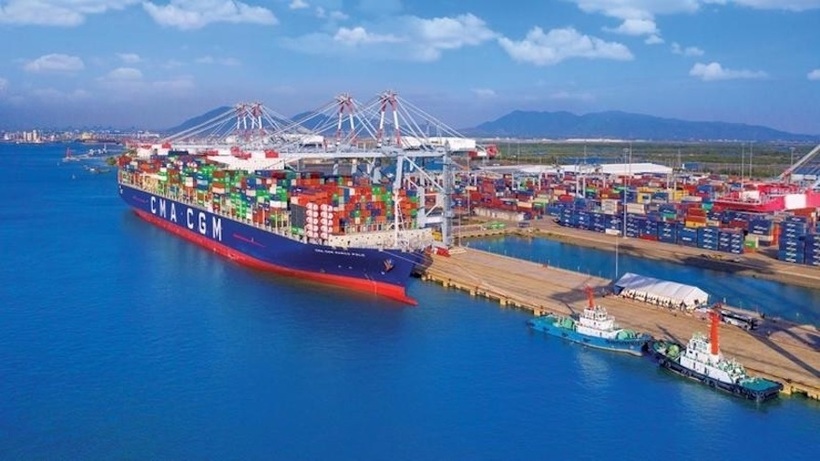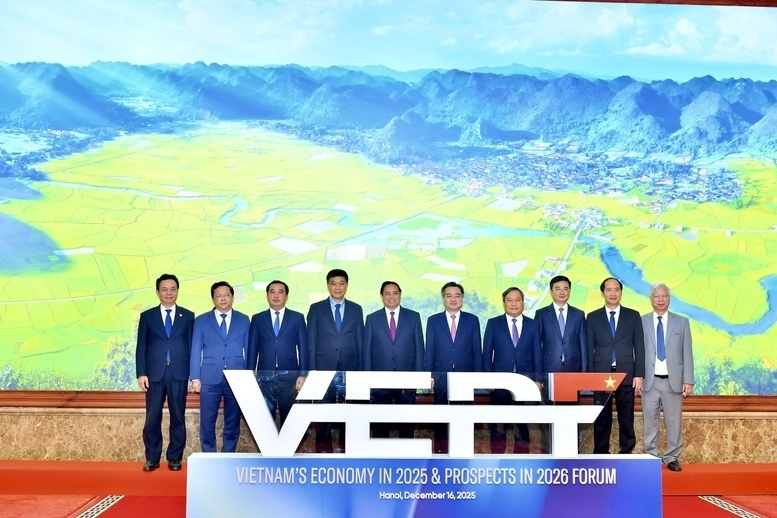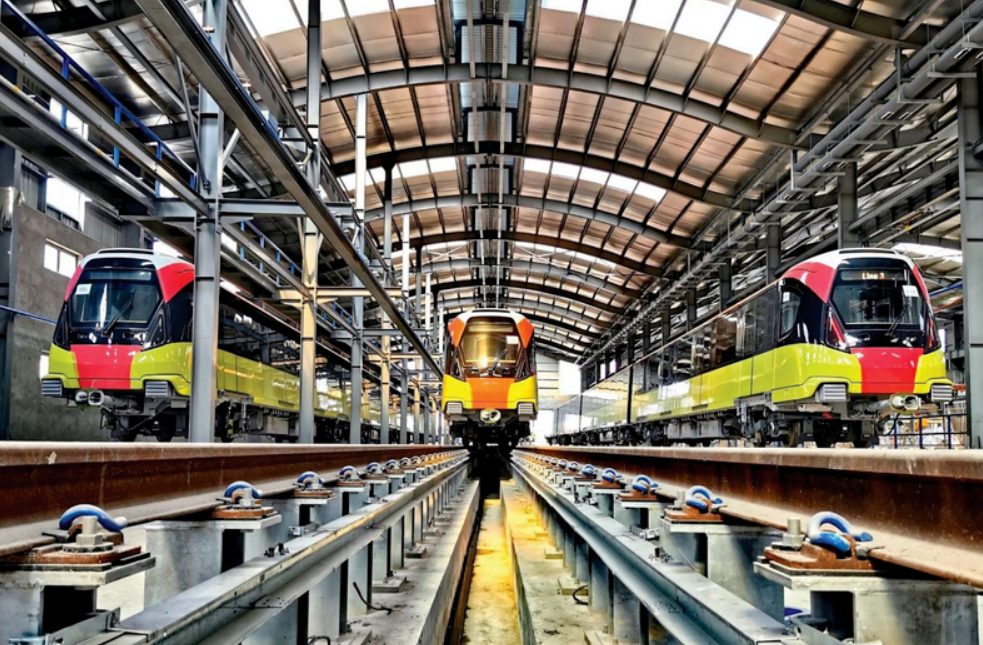
When sustainability is no longer optional for Vietnam’s textile firms
19:05 | 23/03/2025 11:18 | 17/12/2025Trade
Strategic "link" in the supply chain
In recent years, Vietnam’s logistics sector has grown rapidly, with annual expansion estimated at 13-15%. As a backbone service industry, logistics plays both a connective and enabling role for the nation’s socio-economic development.
A key priority across provinces has been the establishment of logistics hubs. Equipped with modern infrastructure and advanced technologies, these hubs are attracting strong business interest. Yet, most operate independently rather than as part of a coordinated national network, limiting their potential.

Logistics is positioned as an industry with an important position and role in the economy and is gradually participating deeply in the global supply chain. Illustrative photo
Dr. Nguyen Thi Thu Huong, Deputy Head of the Logistics Department at the University of Transport Technology, described logistics as the “lifeblood” of the economy. She emphasized that logistics hubs, alongside transport infrastructure, are central to a robust national logistics system.
These hubs handle functions from storage, loading and sorting to value-added services, reverse logistics, and trade facilitation. As such, they serve as optimization nodes for the flow of goods, finance, and information, strengthening connections across sectors, regions, and markets.
Recognizing their importance, the government approved Decision 1012/QĐ-TTg in 2015 on developing a national logistics hub system through 2030. Decision 200/2017/QĐ-TTg further set targets to attract investment, build regional and international hubs, enhance cross-border links, and position Vietnam as a key logistics gateway in Southeast Asia.
However, global trade disruptions have strained supply chains, raising costs while limiting pricing power for Vietnamese logistics firms. This underscores the urgent need for logistics hubs to act as buffers, providing integrated services and stabilizing supply flows.
Pathways for Breakthrough
According to Dr. Huong, Vietnam must address critical bottlenecks with three solutions:
Institutional reforms: Revise land, customs, and multimodal transport regulations, while offering tax, credit, and investment incentives to attract logistics hub investment.
Infrastructure development: Align hubs with transport networks, ports, airports, border gates, and industrial zones. Hubs should serve not only local but also regional and inter-regional needs.
Digital and green logistics: Deploy big data and blockchain for traceability and demand forecasting, and develop green hubs powered by renewable energy to cut emissions.
“Logistics hubs are not merely technical infrastructure they are strategic nodes that determine the competitiveness of Vietnamese goods,” Dr. Huong stressed. Developing a modern, green, and digitally connected logistics hub network is essential for reducing costs, enhancing competitiveness, and establishing Vietnam as a major logistics hub in the region.
Logistics centers are important "links" in the supply chain, where goods, capital, and information flows converge. To maximize the value of this model, Vietnam needs to shift from a fragmented development mindset to a synchronous connection strategy, linking digital technology and green logistics to a nationwide network of centers. This is not only a solution to reduce costs and improve competitiveness, but also a decisive step for Vietnam to become an important logistics hub in the region.

19:05 | 23/03/2025 11:18 | 17/12/2025Trade

19:05 | 23/03/2025 11:17 | 17/12/2025Trade

19:05 | 23/03/2025 09:50 | 17/12/2025Trade

19:05 | 23/03/2025 20:46 | 16/12/2025Industry

19:05 | 23/03/2025 20:41 | 16/12/2025News and Events